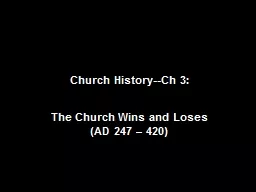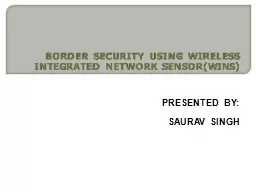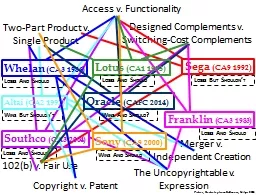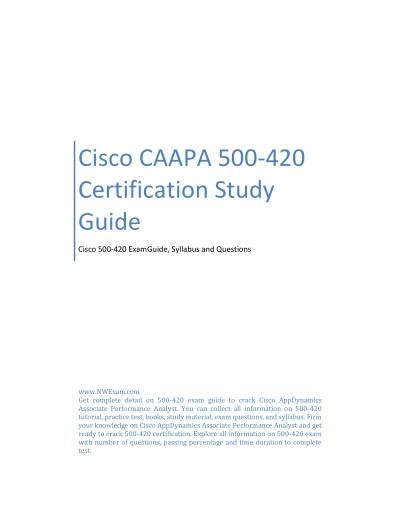PPT-Church History--Ch 3: The Church Wins and Loses (AD 247 – 420)
Author : aaron | Published Date : 2018-03-08
1 The Empire Strikes Back a The Party the Church Didnt attend i Rome turns 1000 years old AD 247 1 city parties for 3 days 2 Christians do not participate 3 plague
Presentation Embed Code
Download Presentation
Download Presentation The PPT/PDF document "Church History--Ch 3: The Church Wins ..." is the property of its rightful owner. Permission is granted to download and print the materials on this website for personal, non-commercial use only, and to display it on your personal computer provided you do not modify the materials and that you retain all copyright notices contained in the materials. By downloading content from our website, you accept the terms of this agreement.
Church History--Ch 3: The Church Wins and Loses (AD 247 – 420): Transcript
Download Rules Of Document
"Church History--Ch 3: The Church Wins and Loses (AD 247 – 420)"The content belongs to its owner. You may download and print it for personal use, without modification, and keep all copyright notices. By downloading, you agree to these terms.
Related Documents














